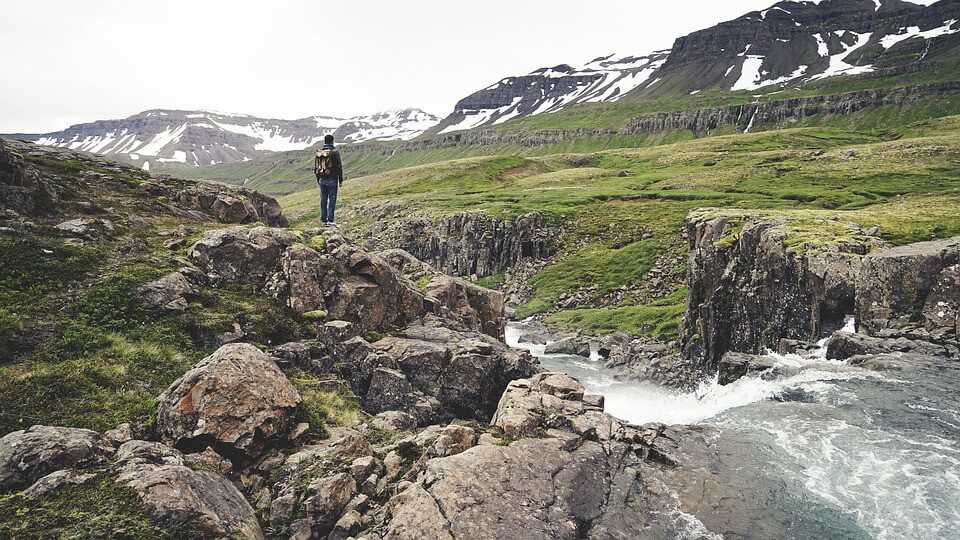Though hiking is intended to be a relaxing and exhilarating activity, it can pose a variety of threats and risks to participants of all experience levels. Wildlife is perhaps the most revered of these threats; with many predatory and otherwise dangerous species usually sitting in the back of hikers’ minds as they set out on their trail of choice. While it may be exciting to encounter these creatures in their natural habitat, it is important to remember that they feel inclined to protect themselves or their territory if surprised or provoked.
Here are a few more potentially dangerous animals to remain aware of.
Snakes
Like bears, poisonous snakes are usually regarded as a common fear within the hiking community. The good news: it is generally easy to avoid adverse snake encounters with proper preparation. The bad news: such an adverse encounter can quickly spell tragedy for hikers — especially those hiking alone. The best advice is to simply know and pay attention to your hiking surroundings; as snakes are ectothermic (dependent on external sources of heat), they are usually drawn to trails with an abundance of rock formations, crevices, and low limbs — areas where they can easily bask in the sun and just as easily slip into hiding in the face of danger. Many snake species will flee upon noticing your presence, but depending on the situation, some may enter a defensive position, hissing and/or rattling as a warning. Keeping an eye and ear out for these factors and signs will be key in mitigating surprise encounters.
Wolves and Coyotes
Both wolves and coyotes present a unique threat to hikers, as they are known to hunt in packs, surrounding and overwhelming their prey before it can escape (though coyotes usually only take this approach when attacking large animals like deer).
Depending on where you are hiking, wolf encounters are probably rare due to dwindling species populations, but they are still theoretically possible and can yield devastating results (though, wolf-related human deaths, in themselves, are incredibly rare, with just two occurring in North America in the last 60 years). Wolves are one of North America’s most stunning and majestic predatory species, and though you may find yourself stimulated with fascination upon seeing one, it is important to keep your wits and respect the animal’s space, observing it from afar. In the rare instance that you stumble upon a full wolf pack, take the same approach as you would in a bear encounter: create as much noise as possible, make yourself appear big and threatening, and most importantly, do not turn your back or run away.
Coyotes, on the other hand, are a much more common sight across the country, and while they may not present as direct a threat as wolves, but they can still be dangerous in certain scenarios. In most cases, coyotes will take a passive approach and either avoid hiker contact or attempt to lure hikers from the area to protect their pups and established food sources. However, hikers should never turn a blind eye to these animals or underestimate their presence — especially when traveling with a pet or small child (both of which could be perceived as easy prey). If you feel that a coyote is preparing to attack you, taking the aforementioned bear safety approach to scare it away.
